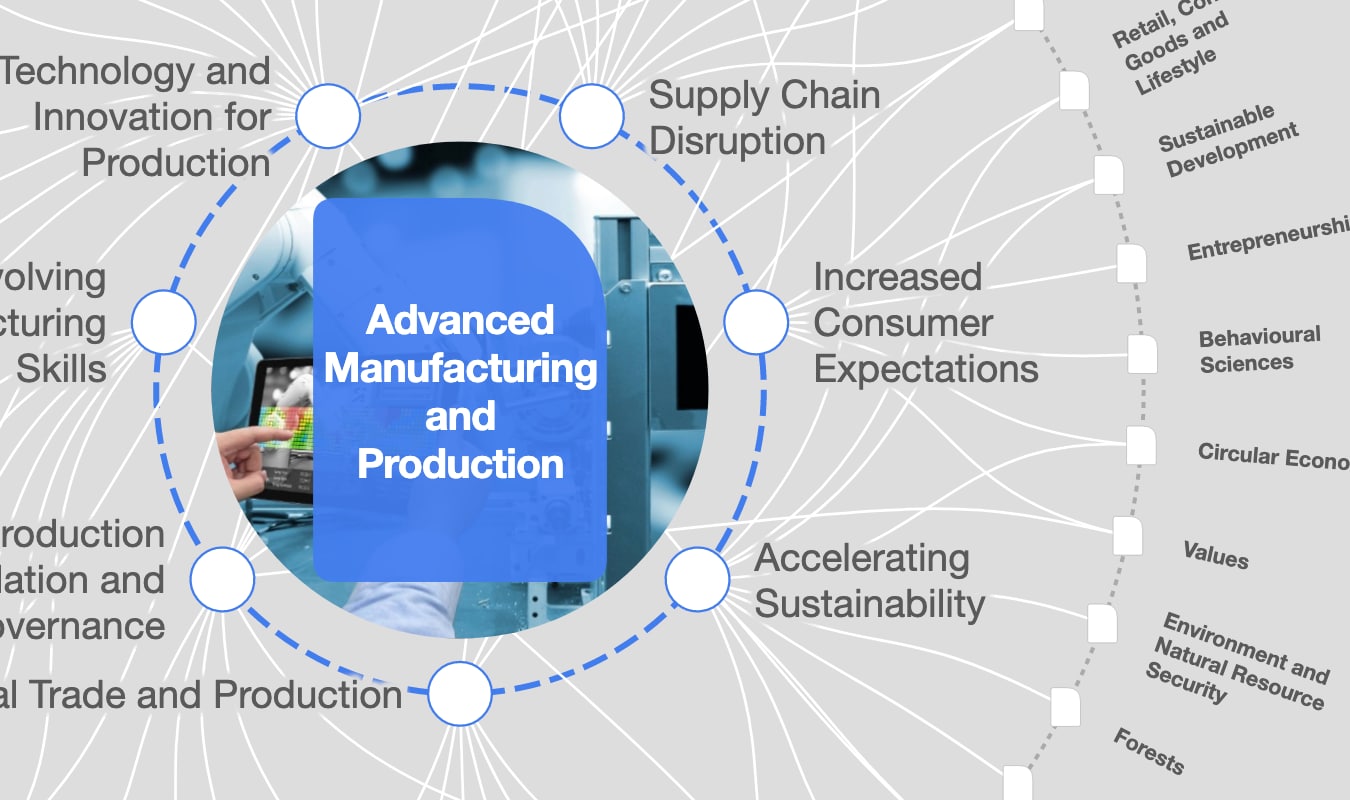How DIY engineers are challenging global manufacturing

The maker movement has been popularly heralded as the next Industrial Revolution. But can an amalgam of do-it-yourself (DIY) engineers and inventors armed with little more than 3D printers really change the course of global manufacturing or the nature of business? A number of trends suggest they might.
Modern technologies such as 3D printing are equipping today’s DIY-ers with the means of production once held exclusively by the world’s largest companies. Innovations like Carbon3D’s recently announced CLIP (Continuous Liquid Interface Production) 3D printing method are reinforcing this trend by allowing desktop DIY-ers to create products and prototypes 25-100 times faster than traditional techniques.
Globalisation has also helped drive down the cost of accessing industrial-scale manufacturing. “To build the specialised products we see today, you need to have access to a wider range of advanced technologies that are hard to find in the typical DIY-er’s garage,” says Nick Pinkston, CEO of Plethora—an on-demand manufacturing company based in San Francisco. The firm, which builds products and prototypes for multinationals in the aerospace and robotics industries, is now opening its doors to DIY-ers from around the world. Mr Pinkston’s goal is to make the process as easy as ordering from Amazon for both multinationals and DIY-ers alike. A similar story is unfolding in Shenzhen, China, where access to low-cost manufacturing is making the city a hotbed of small-batch production to the benefit of DIY-ers all over the world and, increasingly, to those building China’s maker movement.
DIY-ers, in fact, make up a growing proportion of our society. According to USA Today, 57% of the American adult population could be considered DIY-ers. This movement isn’t concentrated solely in the US, however. Between 2009 and 2014, for example, participants joining in Maker Faires grew from 83,000 to about 780,000 globally—a 939% increase. Some 465 fab labs and 1,146 hacker spaces are also open for business around the world, with hotspots in Europe and Southeast Asia.
Traditional industrial giants are becoming increasingly interested in and engaged with the DIY community as well. In 2012, for example, GE launched its GE Garages initiative, a global program aiming at educating and training the public in the use of additive manufacturing techniques and the industrial internet. The latest, held in March 2015 in Berlin, offered workshops exploring how to 3D print materials with embedded electronics.
Combined, these trends are leading to increased investments and innovation. Between 2005 and 2014, more than $1bn of venture capital was invested in 3D printing start-ups; some 3,051 patents were filed in the field, with 1,452 of them filed between 2013 and 2014 alone, according to data analytics firm Quid.
If recent developments offer any insight into the DIY movement, it’s that it is more than just a movement in the making.
This article is published in collaboration with GE LookAhead. Publication does not imply endorsement of views by the World Economic Forum.
To keep up with the Agenda subscribe to our weekly newsletter.
Author: Andrew Trabulsi is a consultant, author, and entrepreneur with a background in technology forecasting, geopolitics, and economic development policy.
Image: A figurine is printed. REUTERS/Pichi Chuang.
Don't miss any update on this topic
Create a free account and access your personalized content collection with our latest publications and analyses.
License and Republishing
World Economic Forum articles may be republished in accordance with the Creative Commons Attribution-NonCommercial-NoDerivatives 4.0 International Public License, and in accordance with our Terms of Use.
The views expressed in this article are those of the author alone and not the World Economic Forum.
Stay up to date:
Advanced Manufacturing
Forum Stories newsletter
Bringing you weekly curated insights and analysis on the global issues that matter.
More on Emerging TechnologiesSee all
Michele Mosca and Donna Dodson
December 20, 2024






